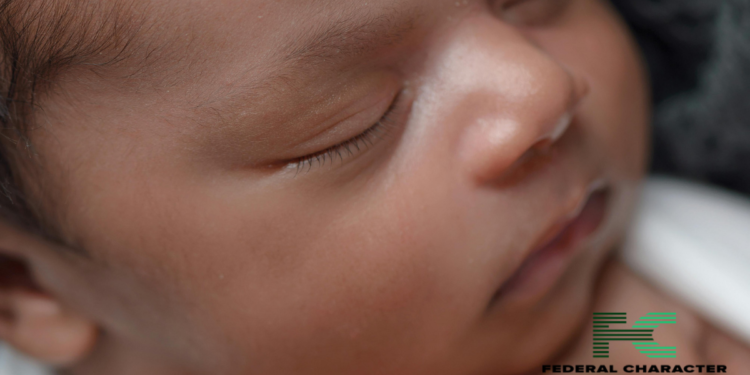A lot of hospitals in China have discontinued offering newborn delivery services this year, according to a report by state-backed news outlet, Daily Economic News. Note that industry experts have warned of an “obstetric winter” because of the ever declining demand amid a record drop in new births.
The hospitals in different provinces including in eastern Zhejiang and southern Jiangxi had within the past two months, revealed that they will be closing their obstetric departments.
The hospital closures are coming as Chinese policymakers are battling with how to spur young couples’ desire to have children as authorities now face a growing demographic headache of a rapidly ageing society.
China’s population plummeted for the second consecutive year in 2023 as the record-low birth rate and high deaths due to COVID-19 sped up a downturn that officials worry will have deeply felt long-term effects on the economy’s growth potential.

A very recent available data from China’s National Health Commission revealed that the number of maternity hospitals dropped to 793 in 2021 from the 807 recorded in 2020.
Local media including Daily Economic News has remarked that the plummeting number of newborns meant that it was not possible for many hospitals to keep their obstetrics department functioning.
More women in China are choosing to remain childless due to high childcare costs, an unwillingness to marry and a reluctance to put their careers on hold in a traditional society where they are still being viewed as the main caregivers and where gender discrimination remains rampant.
Attempts by the Chinese authorities to roll out incentives and measures to spike the birth rate, including expanding maternity leave, financial and tax benefits for having children and housing subsidies have seen no real progress, meaning that this crises will not be ending anytime soon. An irony for a country that once had a stringent birth control law.
In truth, China is one of the world’s most expensive countries to bring up a child relative to its gross domestic product per capita. In addition, the time and opportunity cost for women who give birth are not favourable, further complicating the matter.

















